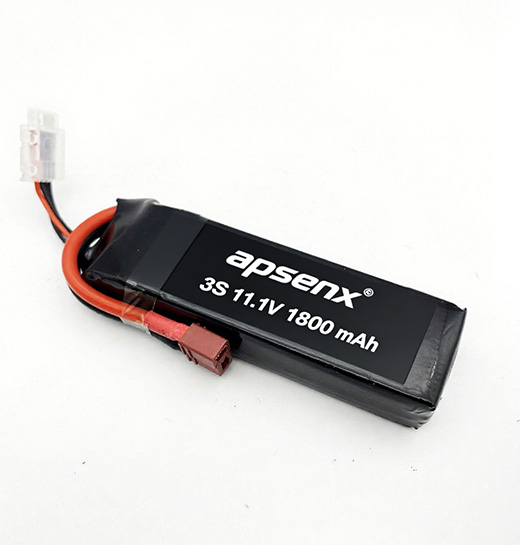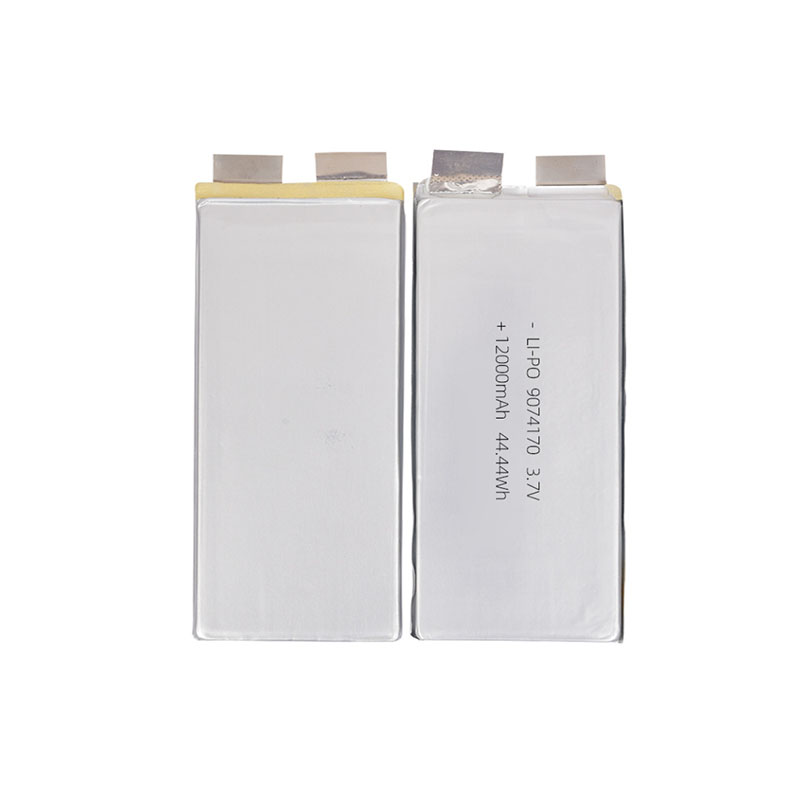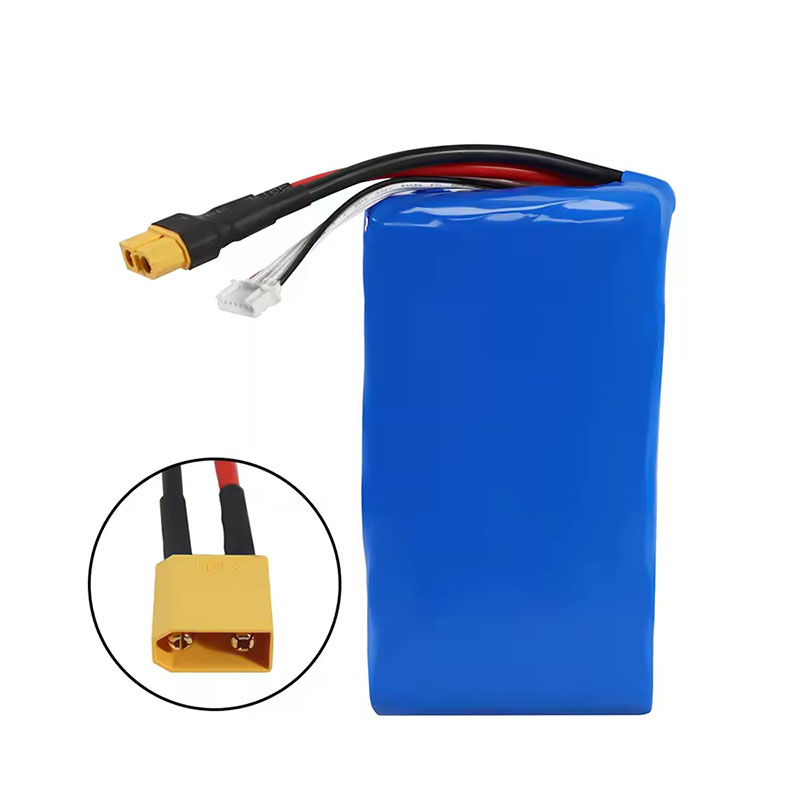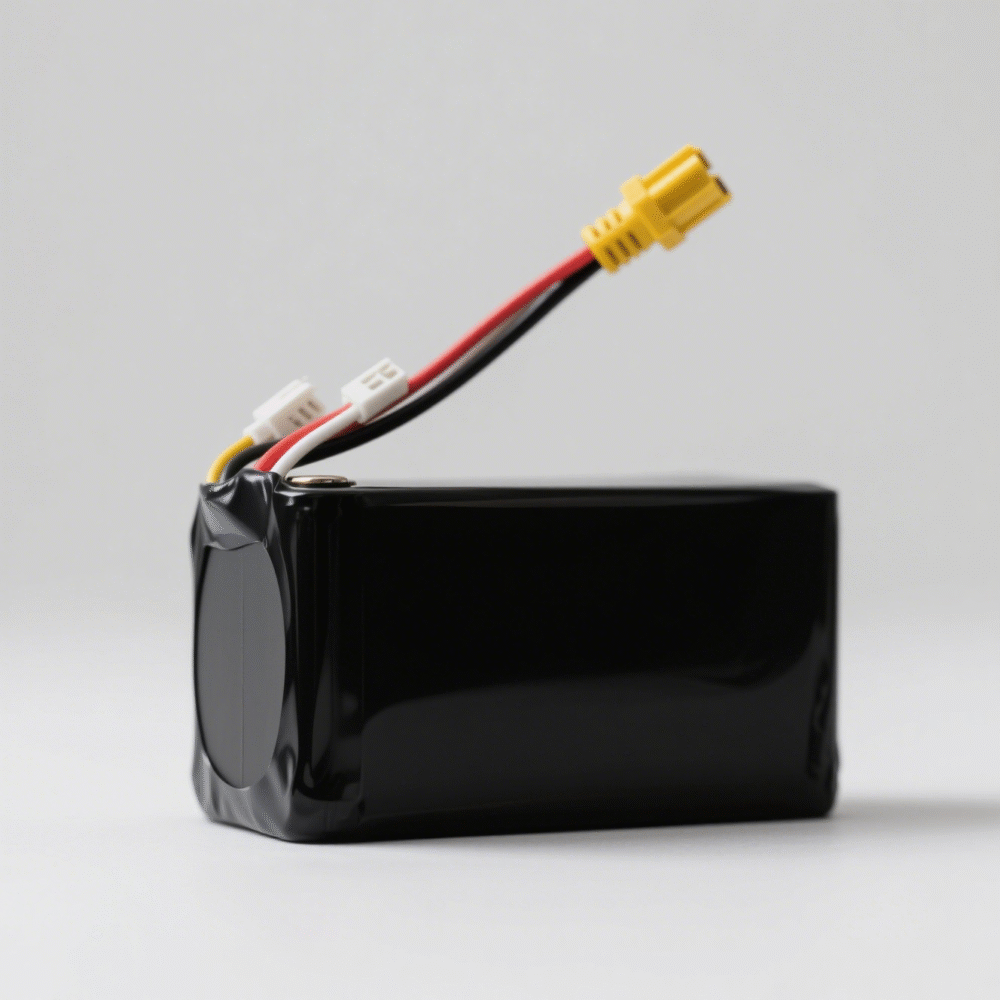Blog
Explore the Power of Lithium Innovation
Stay updated with the latest trends, technologies, and application insights in the world of lithium battery solutions
Search the whole station
Explore the Power of Lithium Innovation
Stay updated with the latest trends, technologies, and application insights in the world of lithium battery solutions
Commercial drones are widely used in agriculture mapping, security patrols, and logistics. Their operational efficiency and flight stability heavily rely on battery performance. The battery type, capacity, and discharge efficiency directly impact flight time, mission success, and safety control.
In today’s fast-growing drone market, batteries are no longer just power sources—they determine mission duration, operational reliability, and cost-effectiveness.
For procurement professionals, battery selection isn’t just about price. It must address:
Choosing the right battery helps avoid flight interruptions, reduces replacement frequency, and cuts operational costs.



Battery capacity and flight time are key metrics for drone buyers. Use the formula below:
Flight time (min) ≈ Battery capacity (mAh) × Voltage (V) ÷ Power consumption (W) × 60
Example: A 6S battery (22.2V) × 10,000mAh (10Ah) used in a drone with 500W power draw:
10Ah × 22.2V ÷ 500W × 60 ≈ 26.6 minutes
Procurement Tips:
Drone Battery Safety Checklist:
Equipped with BMS (Battery Management System)
Supports balanced charging
Includes overvoltage, overcurrent, and short-circuit protection
Certified with UN38.3 / MSDS / CE
Drone batteries for air transport must pass the UN38.3 test
Packaging must be shockproof, insulated, and anti-static
Proper labels like “Contains Lithium Battery” are mandatory for shipping
| Dimension | Recommendation |
|---|---|
| Battery Type | Use Li-ion for long missions; LiPo for high burst power |
| Capacity Selection | Estimate flight time, then add 20% safety margin |
| Safety Certifications | Prioritize batteries with MSDS, UN38.3, and CE |
| Supplier Standards | Choose vendors offering customization, after-sales support, and shipping compliance |
Procuring safe and high-performance batteries is the first step toward successful drone operations. Whether your drone serves agricultural spraying, energy inspection, or delivery missions, a high-quality battery underpins operational efficiency, safety, and cost control.
To ensure procurement success, always choose the right battery type, a compliant brand, and an experienced manufacturer.

Apsenx 3S LiPo battery delivers powerful, stable energy for FPV and RC drones. Designed for advanced pilots, it balances voltage, capacity, and weight for optimal flight performance and extended runtime.

Apsen 12000mAh high-rate low-temperature UAV lithium battery with smart BMS for industrial and consumer drones. Long endurance, high discharge rate, customizable voltage, and certified global safety compliance.

Apsen 8000mAh 21700 6S2P 22.2V 10C LiPo battery for RC aircraft, FPV drones, and industrial UAVs. High discharge rate, customizable connectors, OEM/ODM support, and certified safety compliance.

Apsenx 6S 22.2V 12000mAh LiPo battery for agricultural drones, FPV racing, and RC aircraft. Features XT90 connector, high discharge rate, long flight endurance, and full OEM customization.
Learn how to wholesale prismatic lithium cells effectively. Discover the advantages, key considerations, and tips for sourcing high-quality prismatic cells for EVs, energy storage, and other applications.
View detailsLearn how to evaluate, select, and use 18650 rechargeable batteries for flashlights, e-cigarettes, and electric bicycles. Discover key specifications, safety tips, and performance insights for reliable and long-lasting power.
View detailsLearn everything about Power Wheels 12V batteries: types, pros and cons, installation, maintenance, and safe alternatives including lead-acid, lithium, and tool battery options.
View detailsDiscover how FPV drone battery capacity, voltage, and discharge rate affect flight time. Learn tips to extend battery lifespan and explore custom lithium solutions for optimal performance.
View details
HelloPlease log in